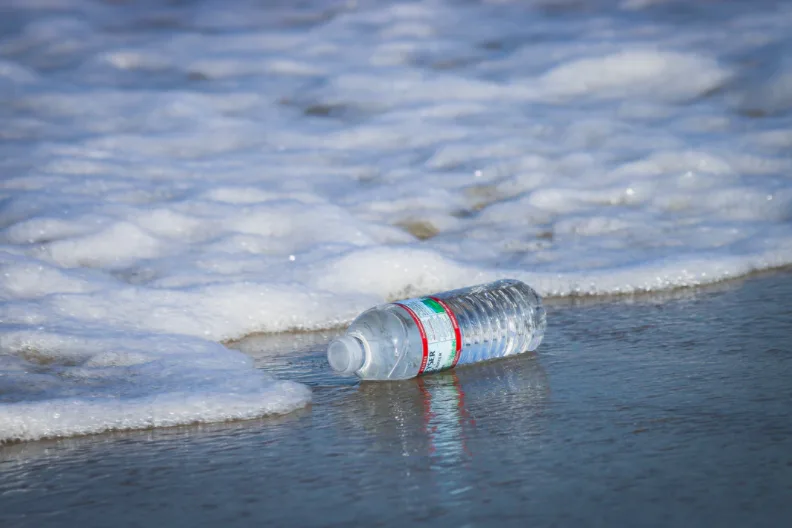
Study reports "shocking" findings of microplastics in the Arctic
The Ocean Wise report indicates that ocean currents are transporting microplastics from countries surrounding the Atlantic Ocean
They are impossible to see with the naked human eye: tiny fibers no bigger than a few millimeters in size, yet they are showing up in abundance in the world’s most remote places. Every year billions and billions of microplastics are invading the Arctic Ocean and now a B.C. company is trying to figure out how they got there to investigate their potential impacts on marine life.
Earlier this year, Ocean Wise released the most comprehensive study to date on Arctic microplastics and according to scientists, the results they found are troublesome.
“What we found is shocking, but at the same time not terribly surprising,” says Dr. Peter Ross, lead author of the study.
“When we look at the samples we collected in Norway, through the North Pole, down through the Canadian Arctic we see something rather surprising, an average concentration of 49 particles of plastic per cubic meter of seawater just below the surface” Ross said.
Samples from 71 different locations across the European and Northern American Arctic were collected by One Ocean Expeditions and Fisheries and Oceans Canada. The samples were then brought back to a research team at Ocean Wise, who found plastic particles in 70 out of the 71 samples.

Credit: Brian Yurasits via Unsplash
“We found a surprising dominance of fibers...averaging about 11 to 14 microns in size, and they were all different colours. There were red ones, green ones, yellow ones. And When we look at the identity of those fibers, we find that 73 percent are polyester,” Ross told The Weather Network.
The study also observed almost three times more microplastic particles in eastern Arctic compared to the west, which suggests that ocean currents are transporting these fibers from countries surrounding the Atlantic Ocean.
This research also provided a concrete connection between microplastics in the Arctic and textiles from laundry, something that Ocean Wise has been working on for several years.
“The physical dimensions of the fibers that we found in the Arctic samples were very similar to those that we found in our research on microfiber shedding from textiles. So it provided evidence and support to the notion that we are getting microfibers from clothes into this environment,” said co-author Dr. Anna Posack.

Credit: Aaron Burden via Unsplash
Whenever we do a load of laundry at home, millions of fibers shed from your clothes and end up in our greywaters. This water travels to a treatment facility where about 95 percent of these fibres are trapped in sludge, but there is still a significant amount that is released into the environment.
Since research on microplastics is still relatively new, the team isn’t entirely sure about the exact impacts these fibers could have on marine life, but what they do know is that it is not nutritional for them.
In hopes of protecting the environment from the still unknown side effects of these microplastics, Ocean Wise has teamed up with different Canadian companies like Joe Fresh and Arc'teryx to create clothes made with textiles that don’t shed as much.
You can find out more about the partnerships in the Ocean Wise feature “Me, My Clothes, and the Ocean.”
Thumbnail credit: doble-d. iStock. Getty Images.

